There are many significant events in a person's life, but marriage is by far the most important. In marriage, a boy and a girl promise to live together and support one another forever. So, what if they select the wrong life partner? The wrong life partner can result in various issues and conflicts in the relationship. But choosing the correct one can lead to a happy, fulfilling relationship. So, how do you determine if your partner is compatible with you? This is where Kundali matching for marriage comes into play.
Matching the Kundali of the future partners can offer insightful advice that may be crucial to guaranteeing happiness and harmony in the marriage. Kundli matching helps to create the "bond" between the two people. It is the most crucial factor in any marriage that promotes a happy and healthy relationship. Without appropriate compatibility, a stronger connection is not possible. Kundli matchmaking guarantees a happy, healthy, and blissful married life by addressing different issues and conflicts in marriage. So, let’s dive in and understand how the Kundali matching works in Vedic astrology.
What is Kundli Matching?
Everyone was born unique, but some individuals are likely to complement one another. However, some people will make things worse if they are forced to live together. Therefore, the fundamental goal of Kundali matchmaking and compatibility analysis is to find people who will get along and have a happy married life. It takes time to understand someone, and it can take even longer to determine whether you are happy with them. However, with the help of Kundli matching, we can obtain those signals before entering into a relationship.
By comparing the horoscopes of both bride and groom, astrologers can predict the bond between them and whether or not the two will get along well. The foundation of Kundali Milan is the Ashtkoot system of Vedic astrology. There are 36 points that match between the bride and groom's horoscopes. The more points that match, the stronger the relationship is expected to be. For a marriage to be considered auspicious, it must receive at least 18 points.
How Does Kundli Matching Work?
Kundli matchmaking before marriage is crucial to ensure a long and prosperous marriage. The astrologer uses this method to compare two horoscopes and assess their compatibility. There are several ways to compare the horoscopes, and each approach is given a certain amount of weight. Then, using all of the comparisons, the final compatibility score is determined.
There are primarily two methods for matching a boy's and a girl's horoscopes:
- Kundli Matching by Name:
Astrological birth charts can be compared using the prospective couple's names in kundali matching by name, where a birth chart is created by assigning a number to each letter. This approach evaluates the Nakshatras along with other astrological factors to determine compatibility. This approach may provide a general compatibility analysis for a couple.
- Kundali Matching by Date of Birth:
Kundli Matching according to Date of Birth, also referred to as the matching of Janam kundali, is a variant of the centuries-old Ashtakoota, which assesses a couple's compatibility based on their birth information. The prospective bride and groom's exact date of birth, as well as their time and place of birth, are required to calculate the Guna Milan score, planet positions, and doshas in order to predict their health, harmony, prosperity, and progeny prospects in the marriage.
Ashtakoot Process for Kundali Matching
In Vedic astrology, the Ashtakoot Milan process is a horoscope matching method used to assess the compatibility of a couple. This meticulous analysis considers eight different kootas and looks at the birth charts of the bride and groom. Each component is given a certain number of points, and compatibility is calculated using the sum of these points. The Ashtakoot Guna Milan's eight kootas are
Varna Koota (1 point)— The word "Varna" refers to a person's caste or social status as well as their personality and behavior. It represents the four social classes or groups: Brahmins, Vaishyas, Kshatriyas, and Shudras. Each class is unique and possesses characteristics of its own. In this koota, the highest point value is 1, highlighting the importance of spiritual compatibility.
Vashya Koota (2 points)—The term "Vashya" describes the power relationships between the partners. This Ashtakoot highlights how crucial it is for the prospective bride and groom to have one another's dominance, coordination, and influence. The highest number of points drawn is 2.
Tara Koota (3 points)—This koota, which is also referred to as Nakshatra compatibility, considers both partners' physical as well as emotional compatibility. The Ashtakoot system assesses the longevity and health of the couple. The highest possible score is three points.
Yoni Koota (4 points)—The Sanskrit word "Yoni," which means "source" or "womb," represents the goddess Shakti. This koota evaluates the sexual compatibility of the two individuals. Each individual is paired with one of the 14 animal symbols, each of which has unique characteristics. The maximum number of points that can be earned is 4.
Graha Maitri Koota (5 points)—This koota is associated with dealing with friendship and emotional compatibility between the partners by considering their Moon signs. The highest possible score is 5.
Gana Koota (6 points)—The term "gana" refers to a person's character or type of behavior. Individuals are classified into three groups depending on their nature: Dev, Manav, and Rakshasa. It has a maximum value of 6 points.
Bhakoot Koota (7 points)— The word "bhakoot" is derived from an ancient Sanskrit term meaning "moon sign." It stands for the general prosperity of people as well as their financial and emotional health. The Bhakoot of the bride and groom is determined by their nakshatra, or birth star. It contains seven key points.
Nadi Koota (8 points)—This is the final and most important compatibility factor for Kundali matchmaking by date of birth. It assesses the genetic composition and general health of the prospective bride and groom, as well as the potential health of their offspring. This factor is the most weighted, scoring 8 points. It separates people into three groups: Aadi, Madhya, and Antya Nadi.
The Ashtakoot Points of the couple are calculated by adding the points for each component. 36 is the maximum score that can be achieved.
|
Guna Points |
Result |
|
Less than 18 |
Not suitable for a marriage. |
|
18 - 24 |
Average, a good match, and a marriage recommendation |
|
24 - 32 |
Excellent compatibility for a successful marriage |
|
32 - 36 |
Perfect Match |
Conclusion
Kundli matching is an integral part of a marriage. The Ashtakoot rules and principles offer a methodical way to evaluate compatibility, but it's important to see them as recommendations rather than final factors that determine whether a marriage will succeed. The best results are likely to come from a comprehensive approach that considers astrological compatibility along with interpersonal relationships, shared values, and understanding.
However, chatting with astrologer who can offer a thorough analysis and interpretation is recommended for anyone interested in Kundali matching. Ultimately, open communication, mutual respect, and a desire to work together are the most crucial components of a strong and enduring marriage.


 ज्योतिषी से चैट करें
ज्योतिषी से चैट करें
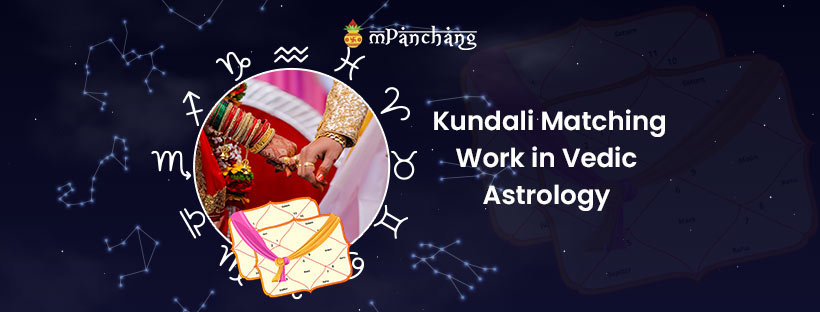



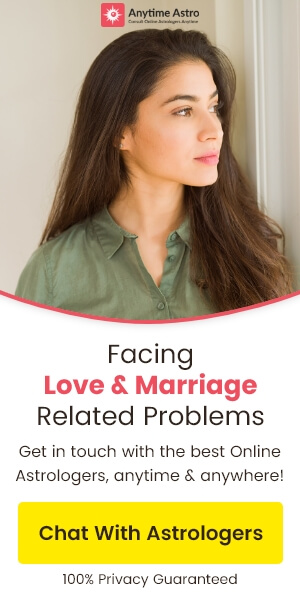
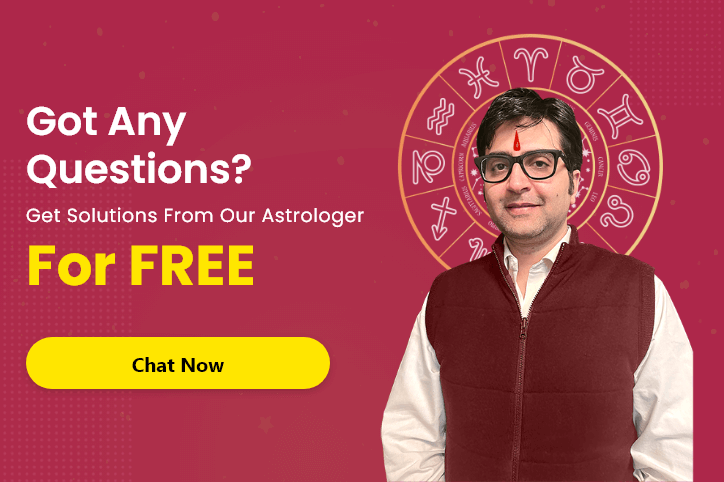
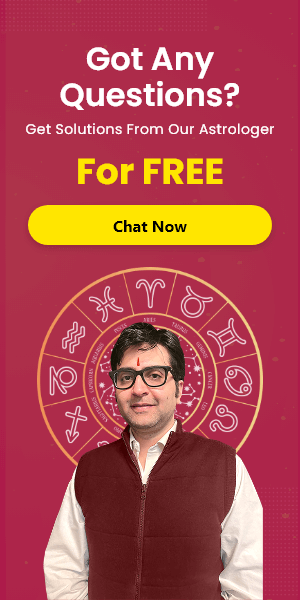
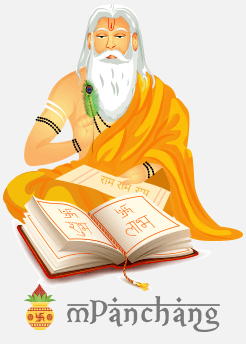


Leave a Comment